IMPRESSION
I PHOTOGRAPH MAGIC TO WHICH NORMAL PEOPLE ARE OBLIVIOUS
CONTEMPORARY
50mm F2 DG DN
by Damien Demolder
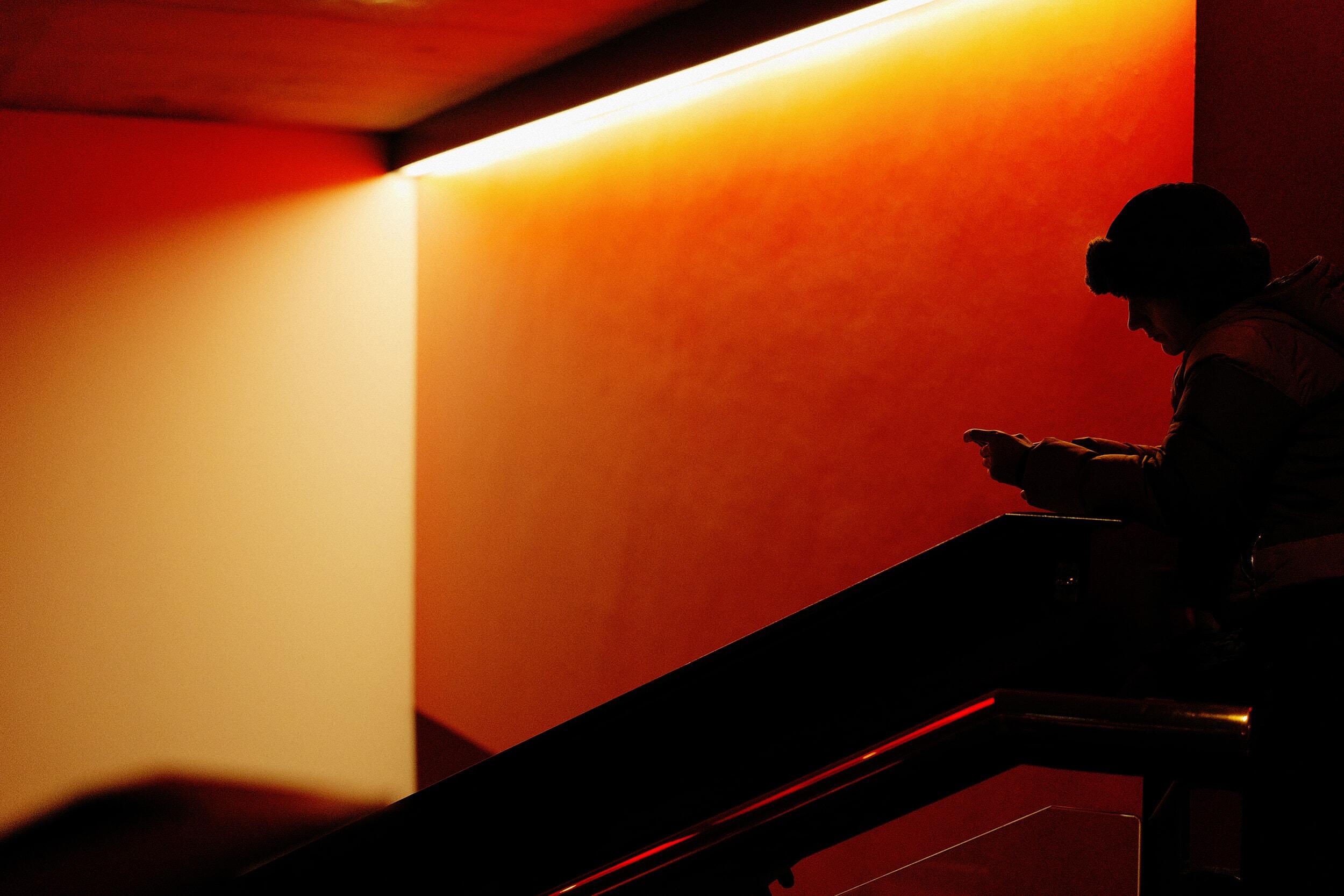
I like to think my photography reflects life. In some ways my life, but more often the life of the people I come across, and the way life happens in the places I go. I don't shoot all of life of course, because the majority of it isn't all that interesting, but I try to focus on the elements, the scenes, the relationships, and episodes I think are worth our attention.
It's not that other people don't see the things I shoot, just that they don't take much notice of them. The fun for me is to show situations everyone has experienced themselves, but in a way that elevates those moments from the mundane. I want to point out the magic to which normal people are oblivious.
What photography equipment do you use and how would you describe yourself as a photographer?
I love small cameras and small lenses. Compact, lightweight kit can be carried all day, can go to places big kit can't and can help me blend into the background. And I like to keep my kit simple - about 90% of the pictures I take for myself are shot with a standard lens. I relate to that angle of view. It's the view I can concentrate on, and it feels immediately natural. I like to shoot life as it is and I want the viewer to connect quickly with the subject, so a lens without drama, exaggeration or visual distraction really helps. There's also something 'classic' about the angle of view of a 50mm on a full frame sensor that's quietly reminiscent of our history - of the days when a 2 inch lens came as standard with every 35mm camera.
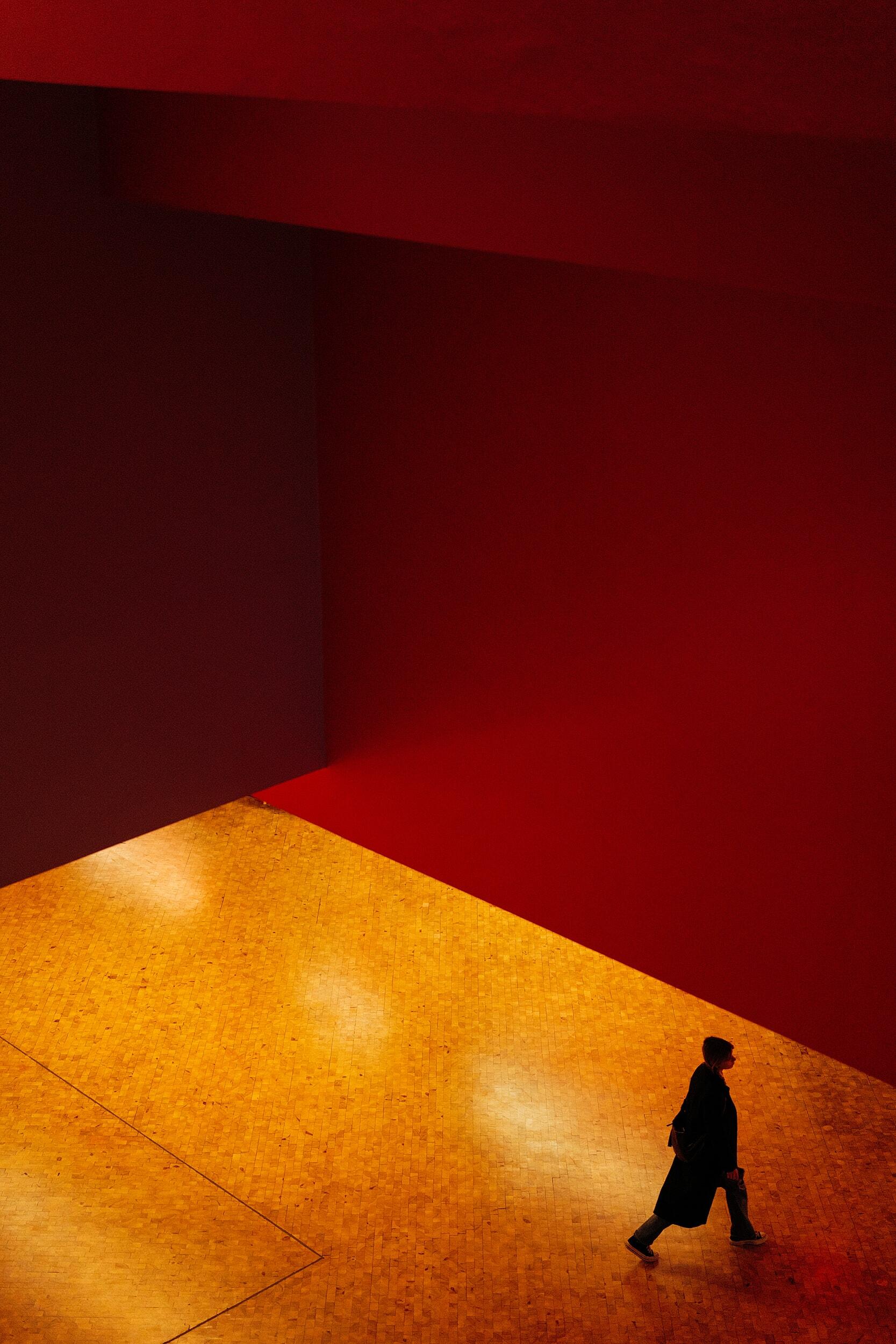
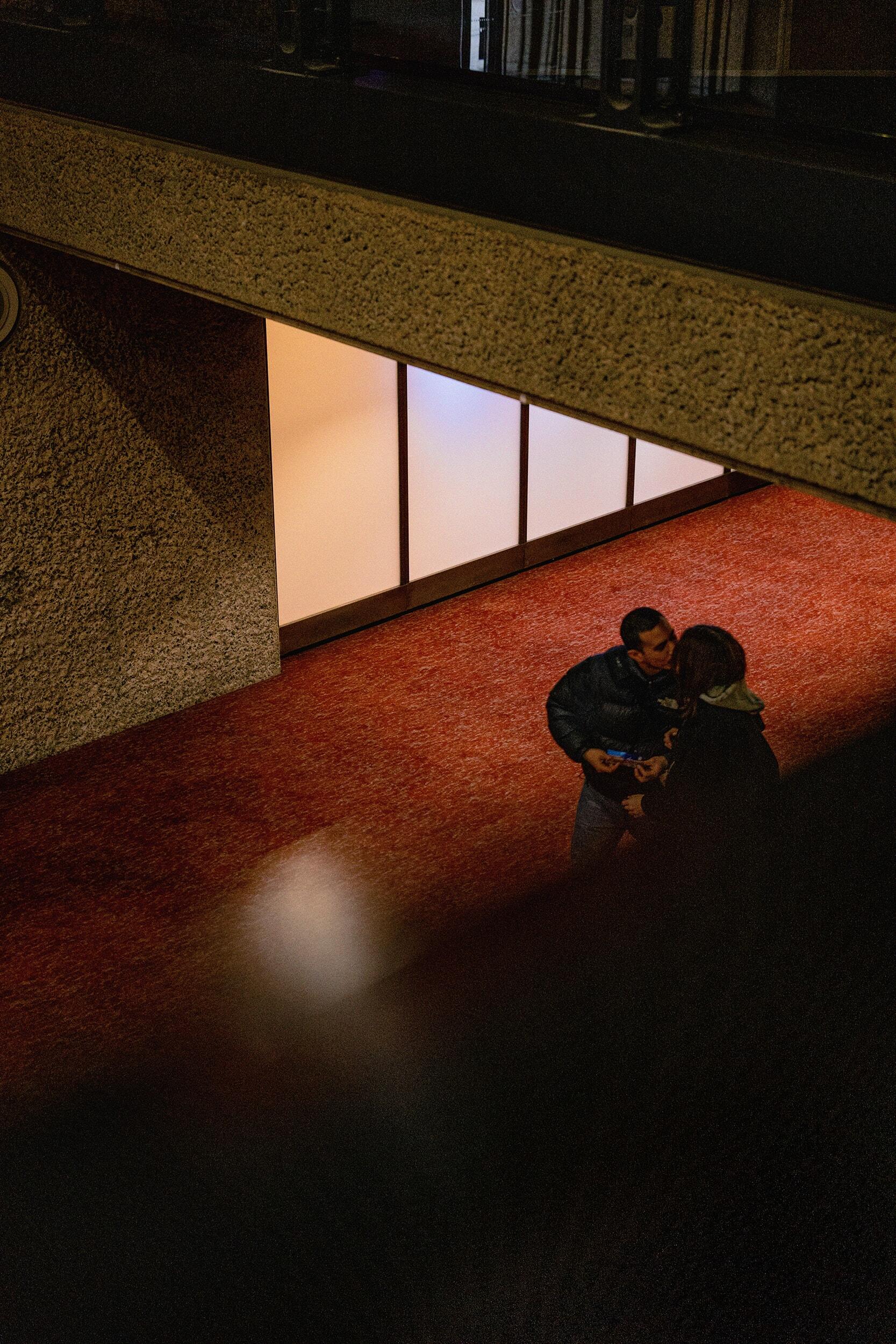
What is your impression of the new SIGMA I series lenses, in particular the 50mm F2 DG DN | Contemporary?
I really like the feel of the SIGMA 50mm F2 DG DN | Contemporary lens from the I series, and its compact dimensions make it a great match for the Lumix S5II I used for this project. They balance nicely and look good together. It's a well-made lens too, and its metal barrel will stand the test of time. I take a lot of care of my kit but it gets a lot of use, so I go for equipment that can cope with the mileage. This lens feels as if it will last a very long time.
Having access to a lot of different lenses allows me to be very picky about what I choose to use. I like lenses that are sharp as we all do but I like them to be sharp at every aperture and right into the extremes of the frame. I often put my subject in the corner, so that's important to me. There's often a lot of architecture in my shots, so an absence of distortion is critical. Coloured fringing around high contrast edges - such as the purple that sometimes tints the edges of a branch against a bright sky - is a pet hate. I wouldn't use lenses that do that more than once. This I series lens though delivers a lovely clean and well-corrected image, with wonderful detail across the entire frame - even with the aperture wide open.
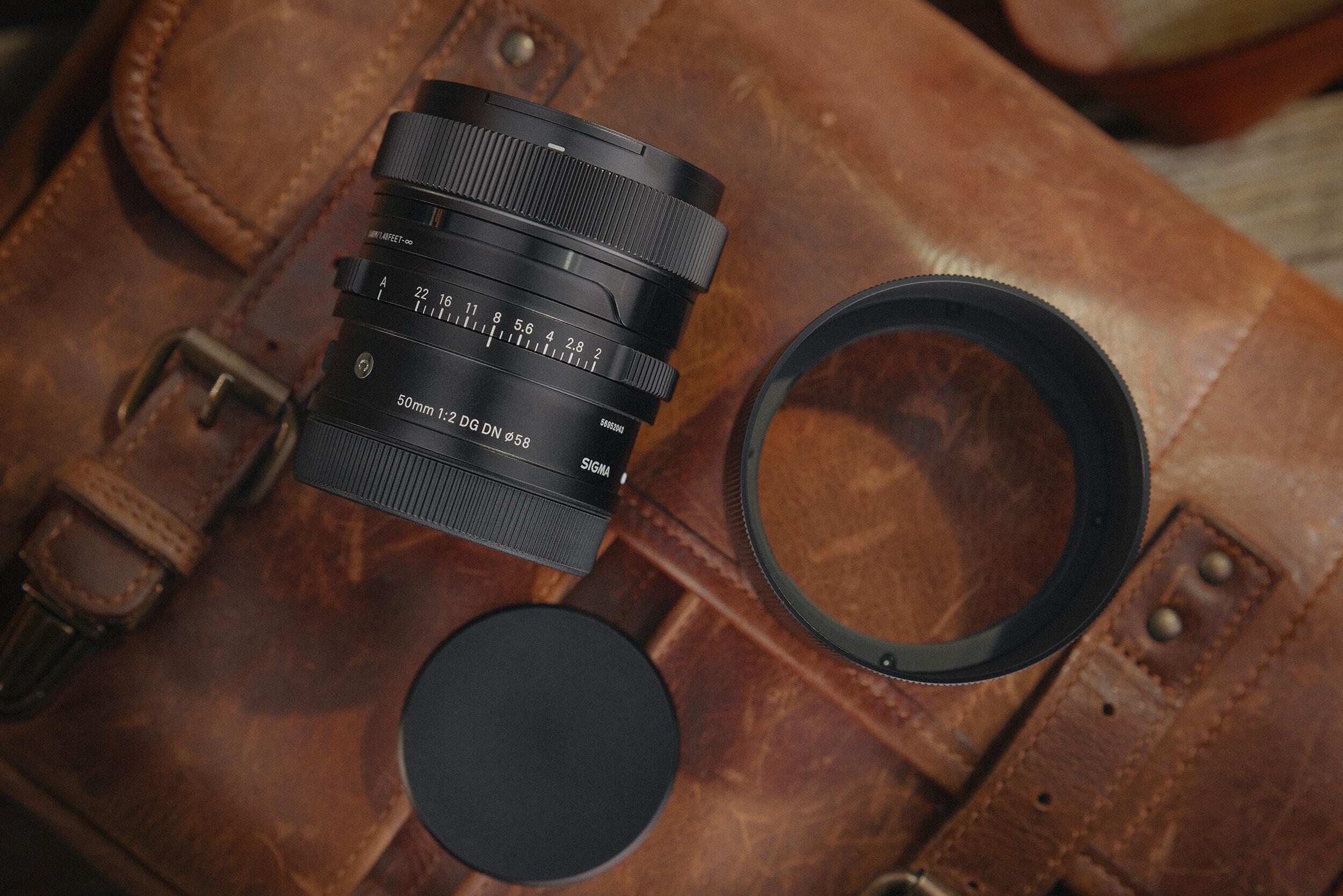
* The images without photograph data have been created with lenses other than SIGMA 50mm F2 DG DN | Contemporary
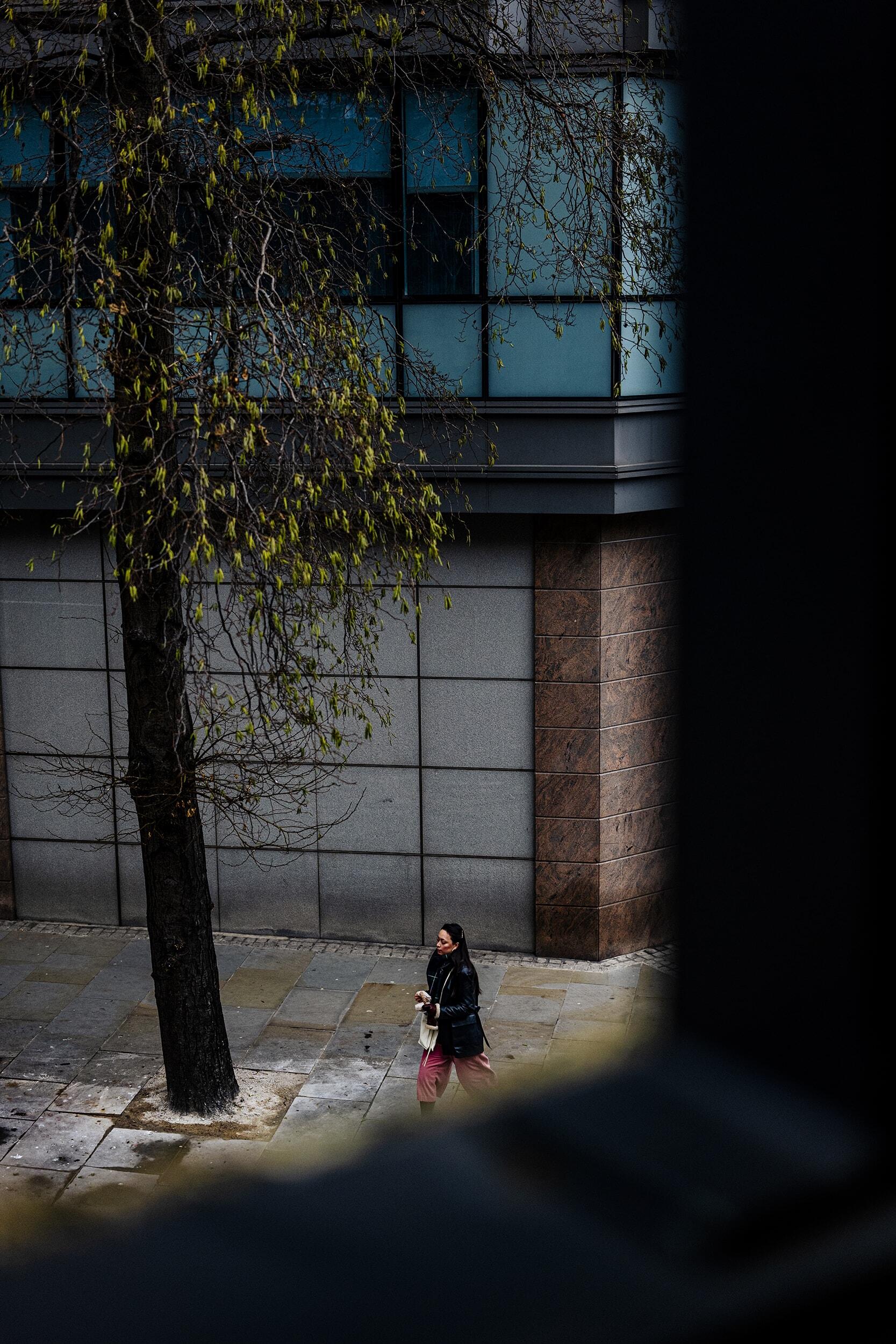
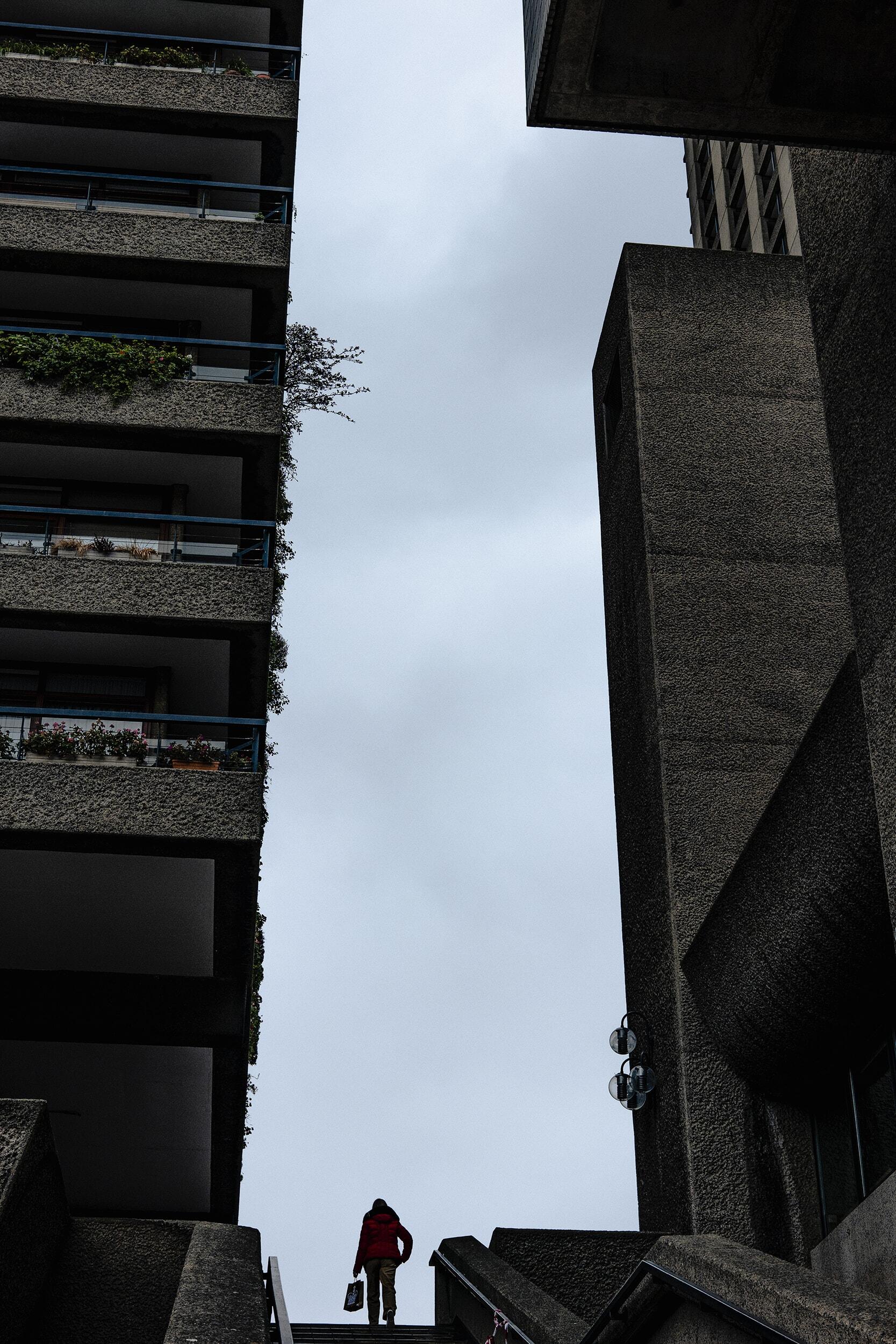
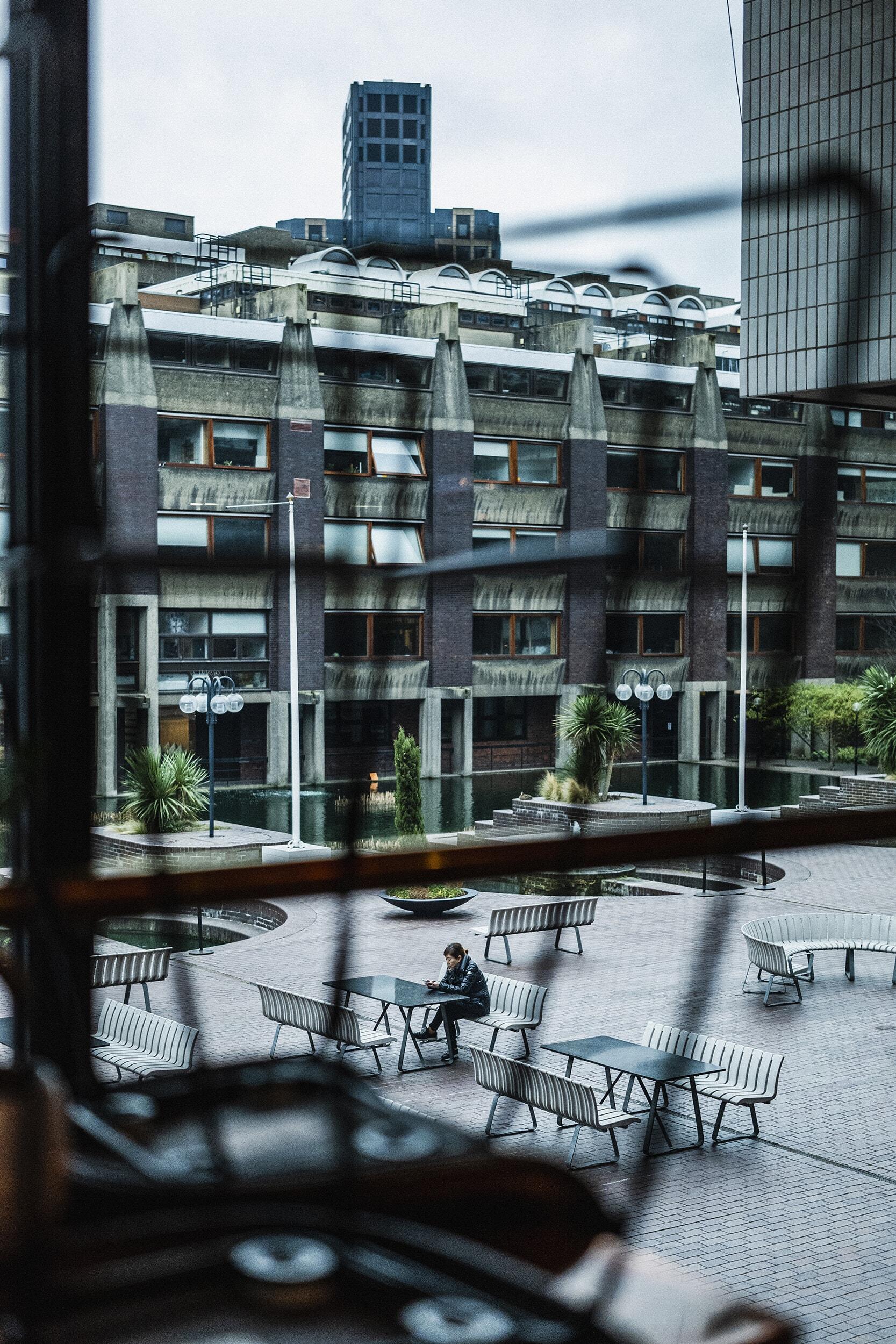
Can you tell us about your experience as a photographer?
How did you come to be working in this field?
I've been taking pictures since I was a teenager, and quickly fell in love with photography when I got my first camera. I've always loved the equipment too, and have retained a fascination with how different cameras and lenses change the way an image is rendered. I was going to be a musician, but switched to study art at school and taught myself about photography until I could go to college. Afterwards I travelled around as a photographer on cruise ships, and then worked in advertising photography before becoming a photography journalist.
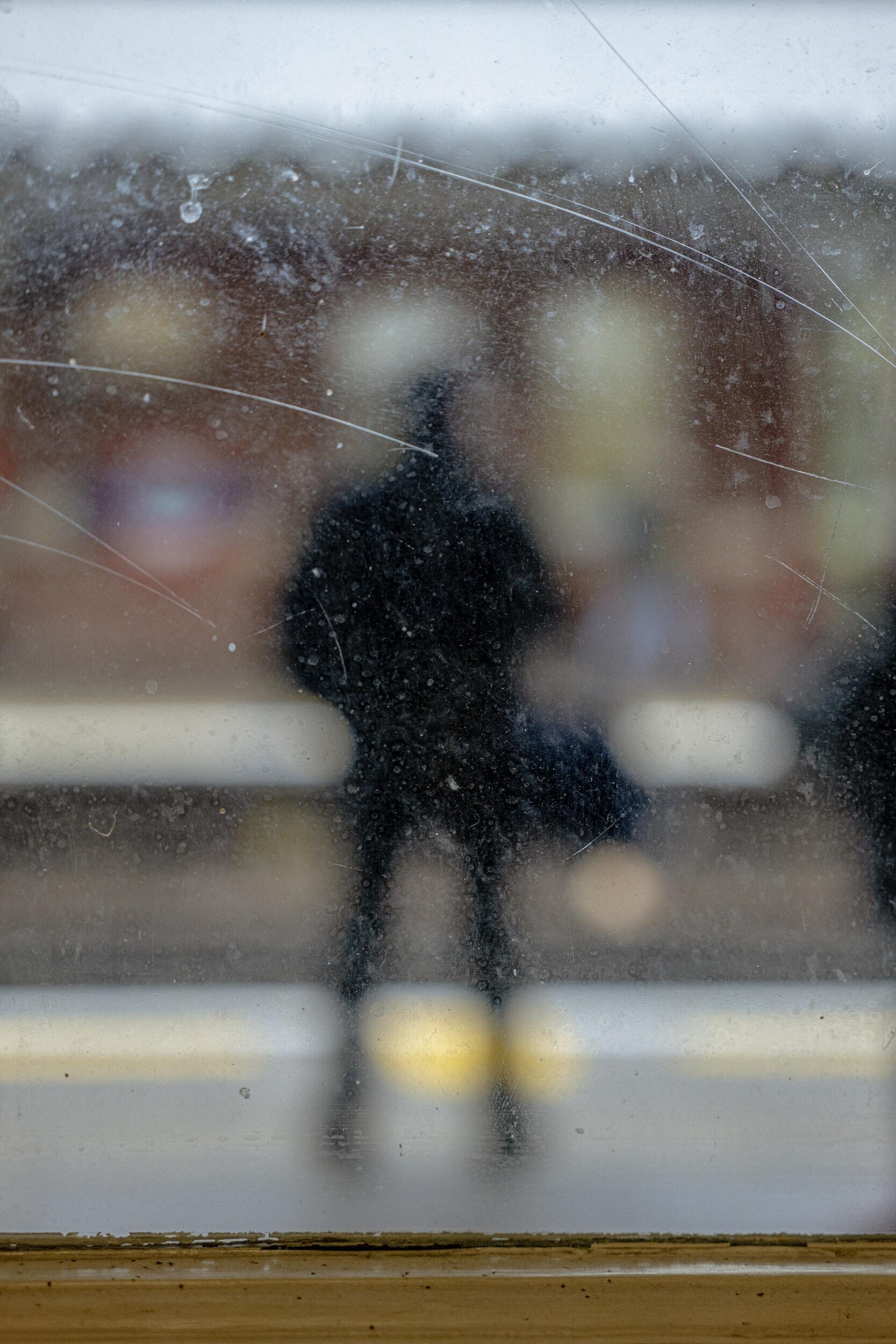
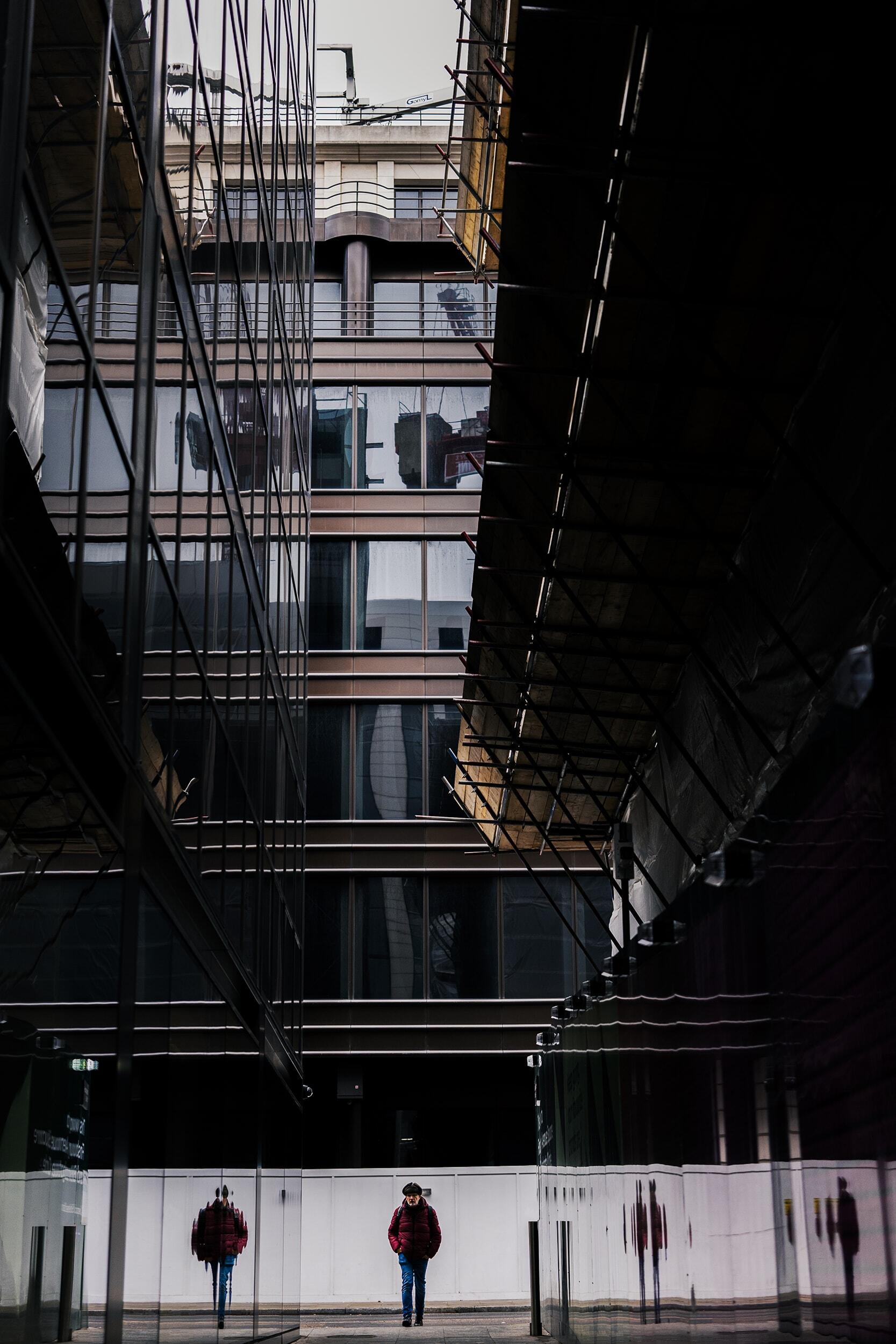
What role does photography play in your life and career? How do you find your inspiration? What is your passion in photography and life?
I've been reviewing cameras and lenses, interviewing photographers, and writing about taking pictures for 25 years. When I take pictures for reviews, I need to be conscious that each image has to serve a technical purpose and has to conform to technical rules. When I shoot for myself, my priority revolves around communicating emotion and atmosphere, though technical dexterity is still crucial for making a camera and lens articulate my thoughts.
My brain hasn't worked normally for a long time. It's constantly occupied with the pictures I'd like to take and with seeing potential in wherever I am. Whatever I look at, somewhere in my head I'm considering how I'd shoot it. It can be distracting, and sometimes I don't hear what people are saying because I'm looking at the way the light is wrapping around their face or at the amazing background behind them.
It sounds pretentious but it is light that inspires me. I like bright patches in dark places, and light streaming from low angles to make long shadows. I see contrast the difference between lit and shaded areas, the way colours work together and how soft and hard light can create an interesting atmosphere. I think about photography every day.
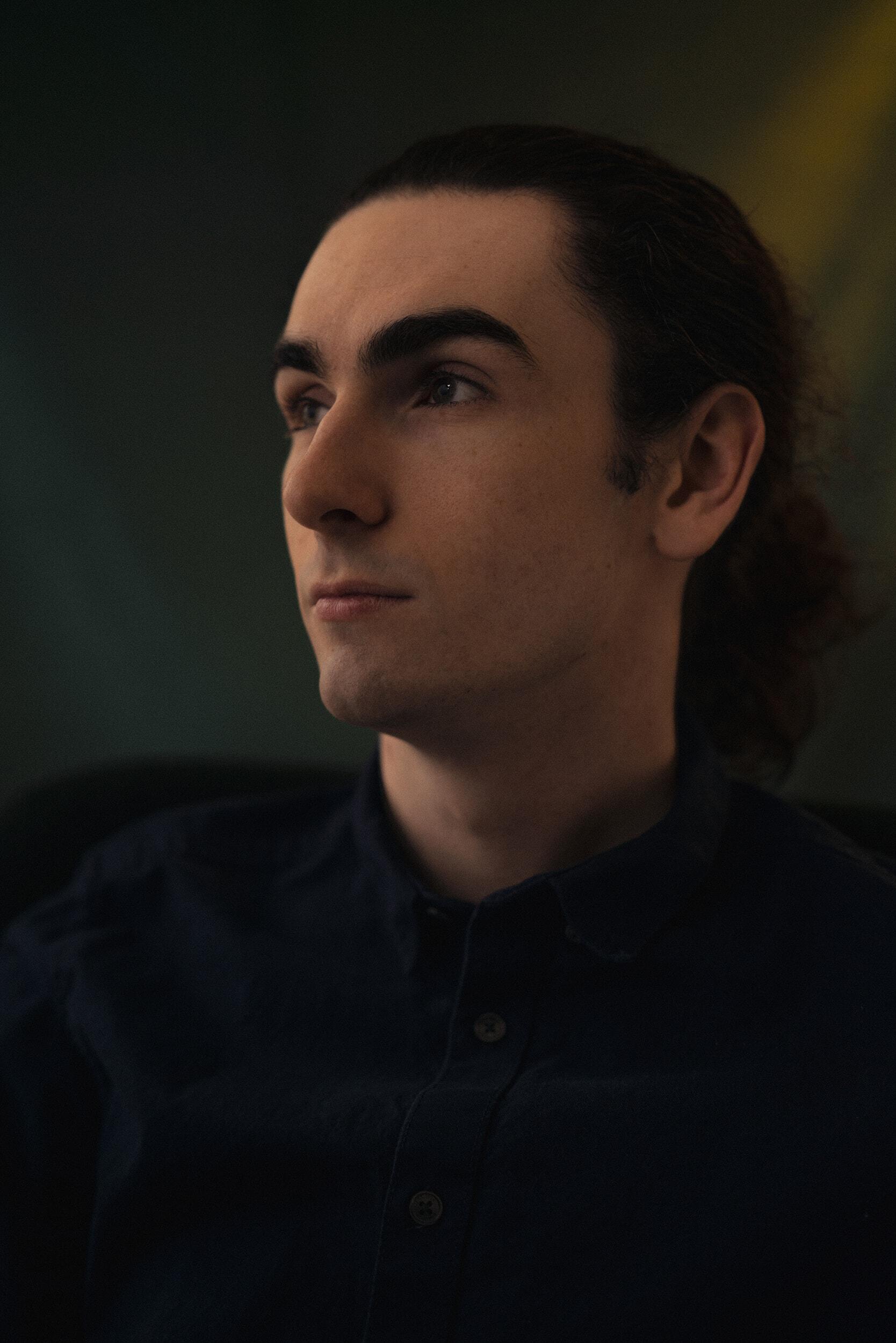
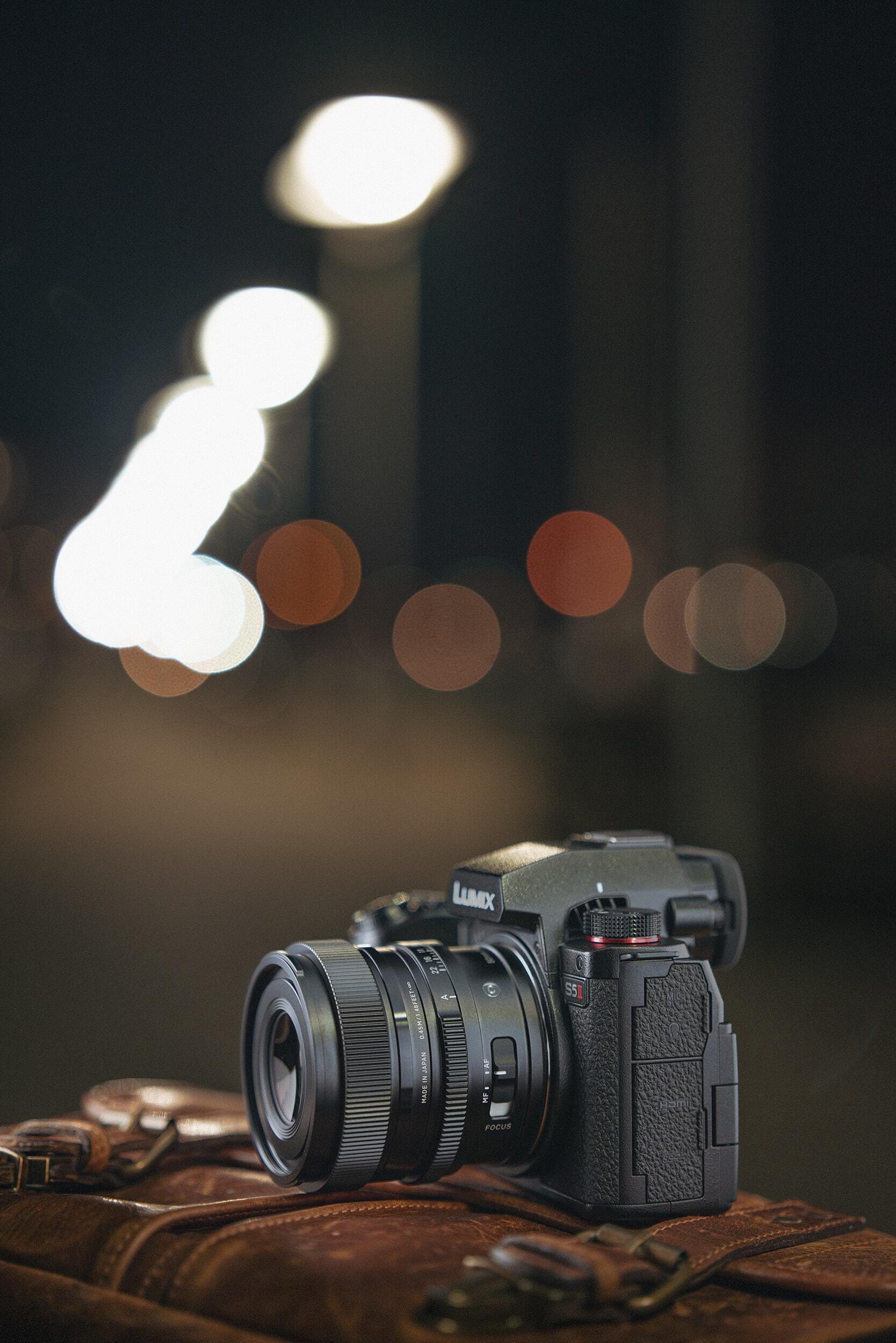
How do you create your own style?
What's your suggestion to people who are exploring their own style?
I spent a long time worried that I didn't have a style and that there was nothing that marked my pictures out as being mine. I was scared I wasn't interesting enough to have a style. But when I stopped worrying about it and instead concentrated on taking the pictures that interested me, and on shooting in a way that made images I thought exciting, I found a style had crept up on me. I discovered that elements like shadows, silhouettes, strong colours, interesting contrasts and a sense of architectural scale got my pulse racing. When you shoot with the same thoughts in your head for long enough your pictures develop common themes that other people will recognise. They'll say "I could tell you shot that - it's a classic 'you' picture." Then you only have to worry about becoming predictable and getting bored. Instigating little changes regularly keeps things fresh.
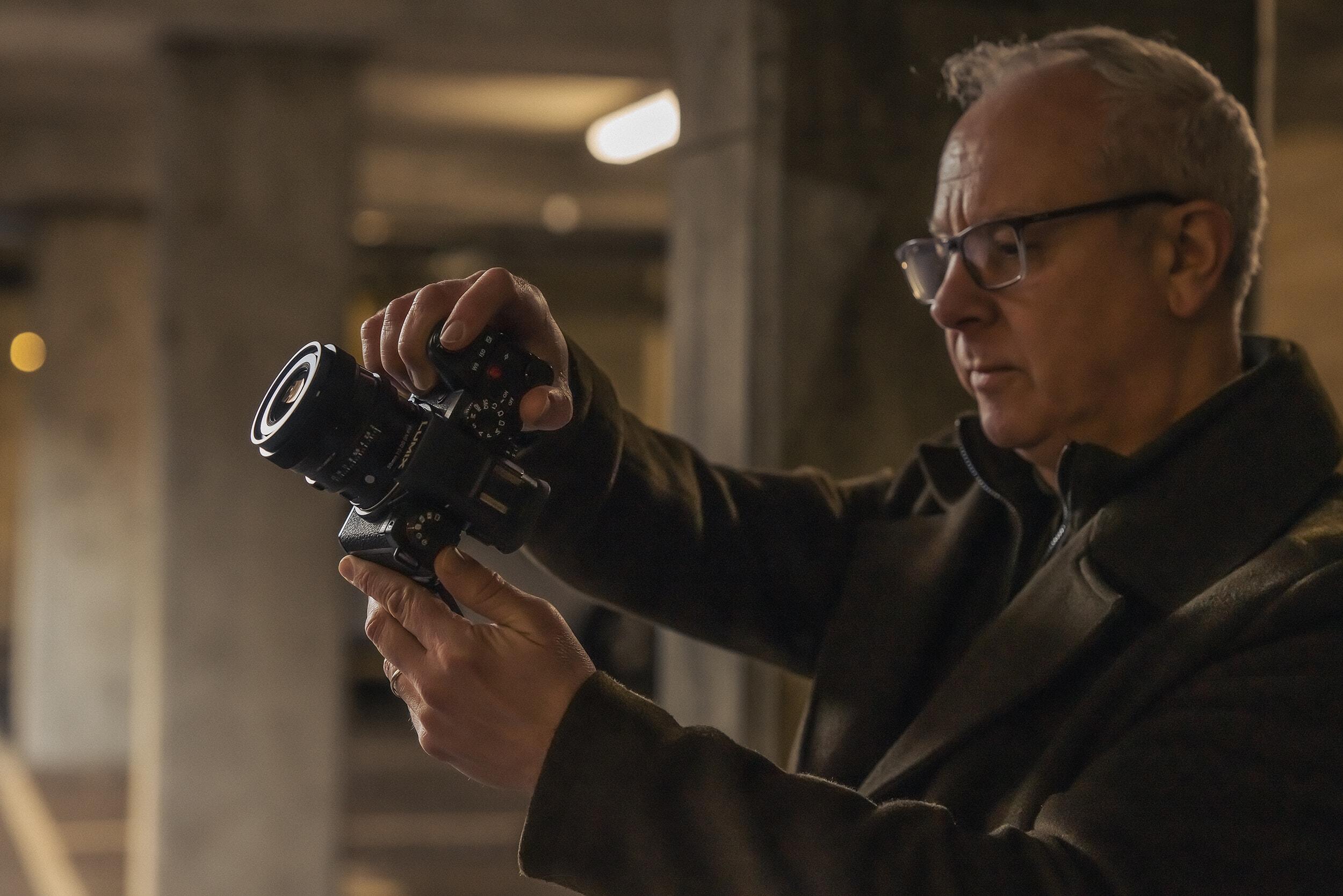
Why does the I series suit you so well, and which three words would you choose to describe your experience of using these new lenses?
These I series lenses are compact, discreet and beautifully made - they're the sort of lenses that are just a pleasure to use. I enjoy well-made things and the feel of the carefully crafted metal parts, the genius of the metal lens cap and the delicate tapping sound of the aperture assured me before I've even tripped the shutter. That they also produce first-rate images is almost a bonus.
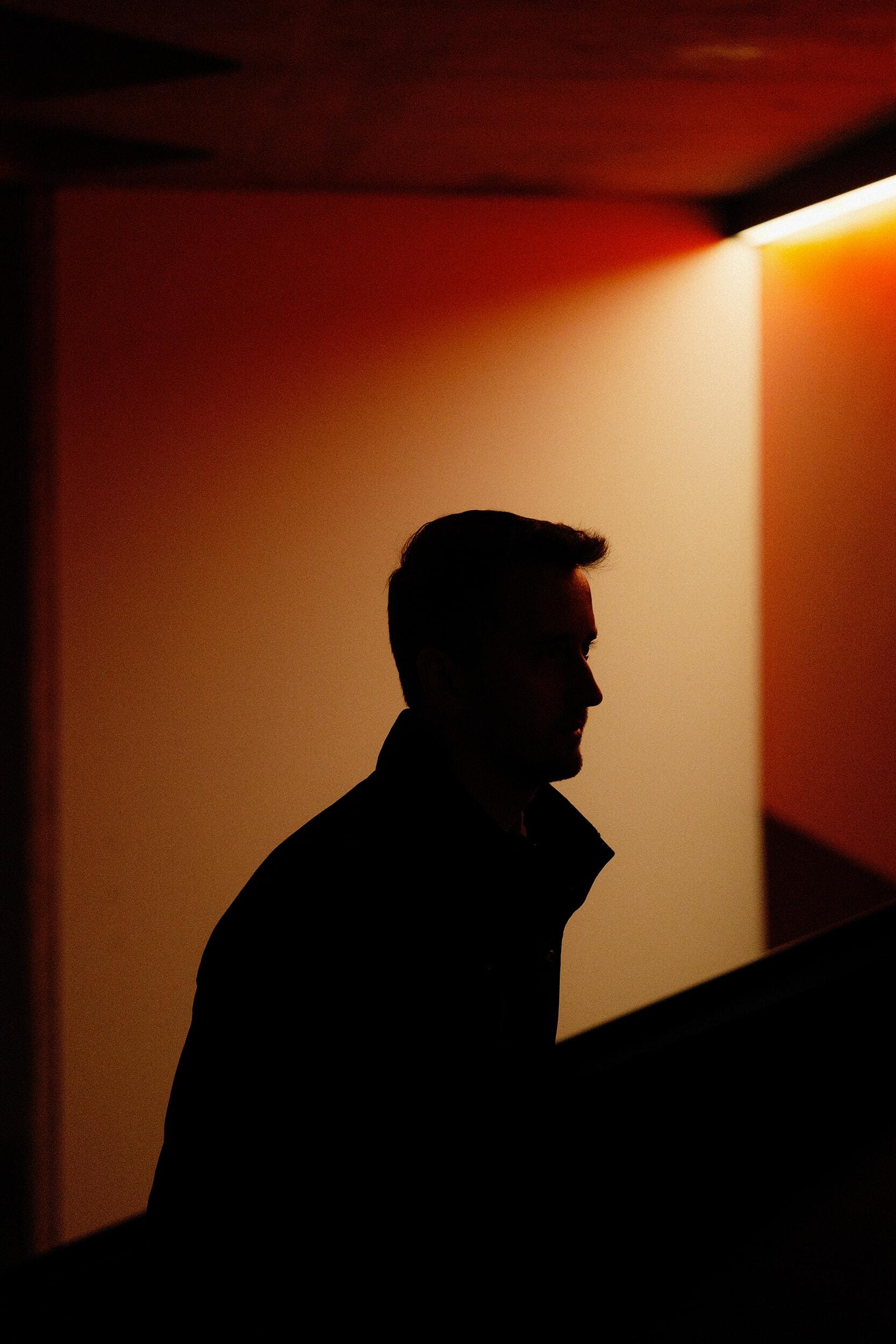
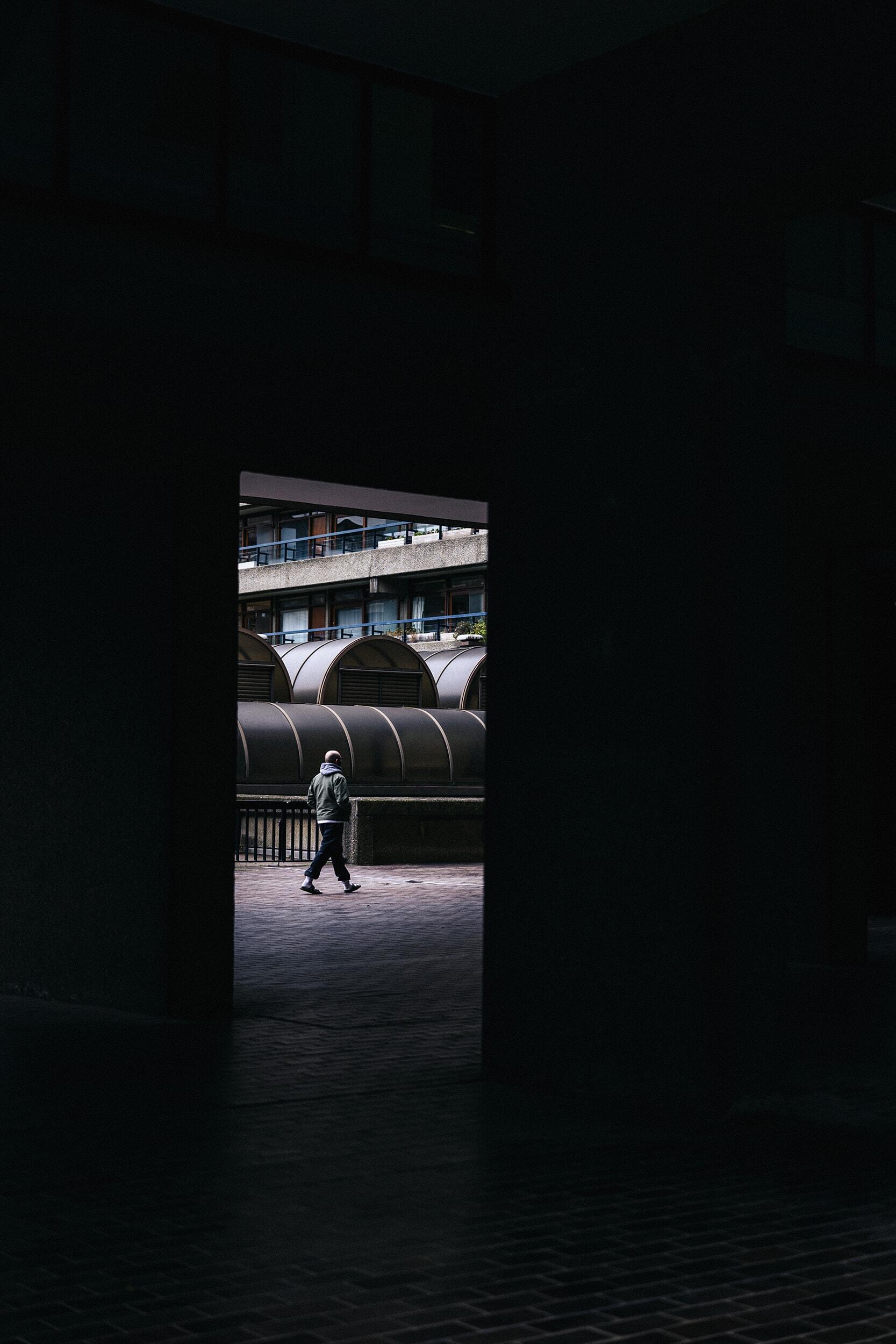
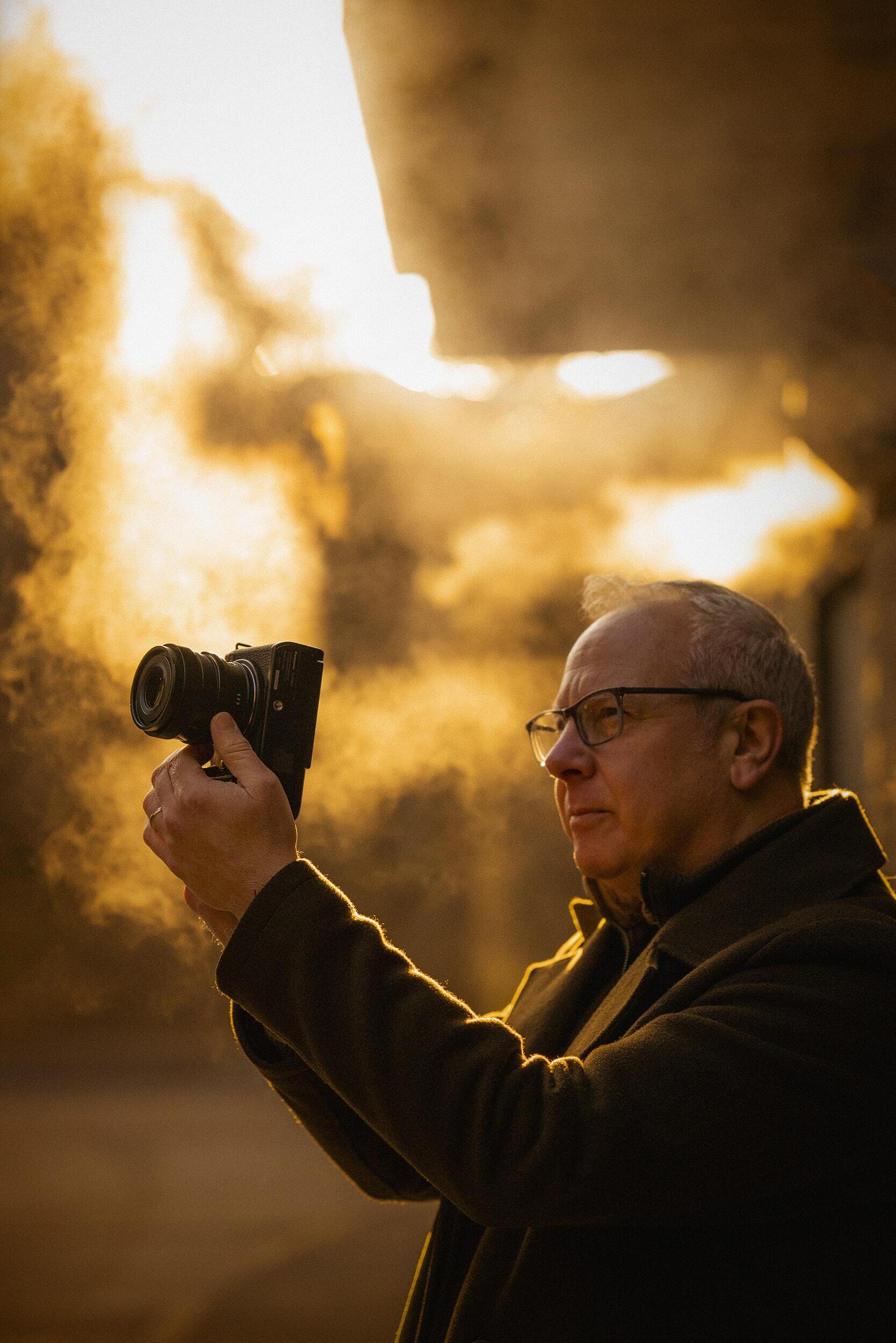
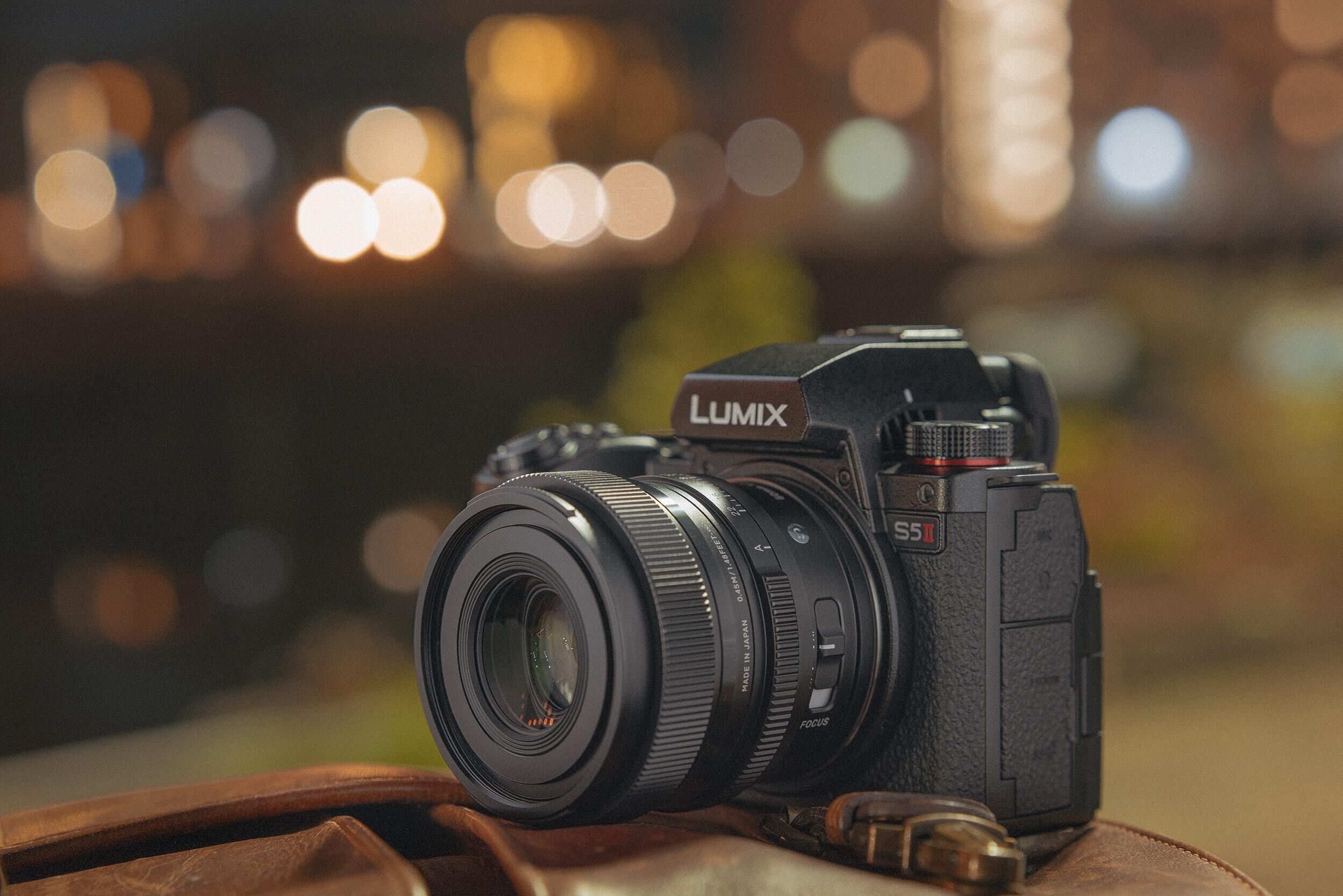
ABOUT
DAMIEN DEMOLDER
Freelance journalist / Photographer / Filmmaker
A photographer, filmmaker, journalist and photographic equipment expert, speaker, judge and educator, Damien has worked in photographic publishing since 1997, including 15 years at Amateur Photographer magazine, where he was editor. He writes for regularly for DP Review and Amateur Photographer magazine, and for other UK and international magazines, websites and newspapers.
Damian has judged many photographic competitions including Sony World Photo Awards, UK Landscape Photographer of the Year, Hasselblad Masters, British Photography Awards and Amateur Photographer of the Year.
EQUIPMENT USED
